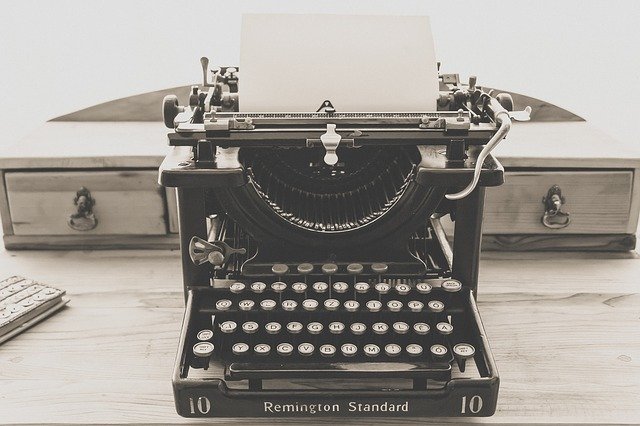When confronted with legal matters, everyone would much rather have a smooth, unremarkable procedure. Most cases don’t even go to court, as the two parties will find another way to settle the dispute. If you find yourself in a court trial, whether as plaintiff or defendant, you may want a court transcript for your records in case further issues arise.
What is a Court Transcript?
Professionals trained in court reporting sit in the hearing rooms to take notes. In the past, the reporter would record statements with a form of shorthand, allowing them to keep up with the rate at which people were speaking.
The advent of technology has changed the game for court reporters. First, a typewriter design came out that used phonic syllables, not individual letters, which worked well as a substitute for shorthand. Now, audio recording devices are permissible in most court cases and keep everything accurate for transcription.
How do I Get a Court Transcript?
Your first step will be the court that your case took place in, where you’ll need to request an official transcription. To ask for the transcript of your case, you’ll need as much accurate information as you can get. This includes information like:
- the names of the judge and attorneys
- the date and time of the hearing
- the name of the case
- the docket number.
The court may have to take some time to obtain it since they’ll send it out to a trusted transcription company. If you know a transcriber or court reporter who will appear on their list, you can request them to prepare it instead of having a random one assigned.
A little more paperwork and a transcription fee, which varies by state, and you’ll have the transcription once it’s ready. The company will probably have an estimated date when you can expect your recording to arrive.



